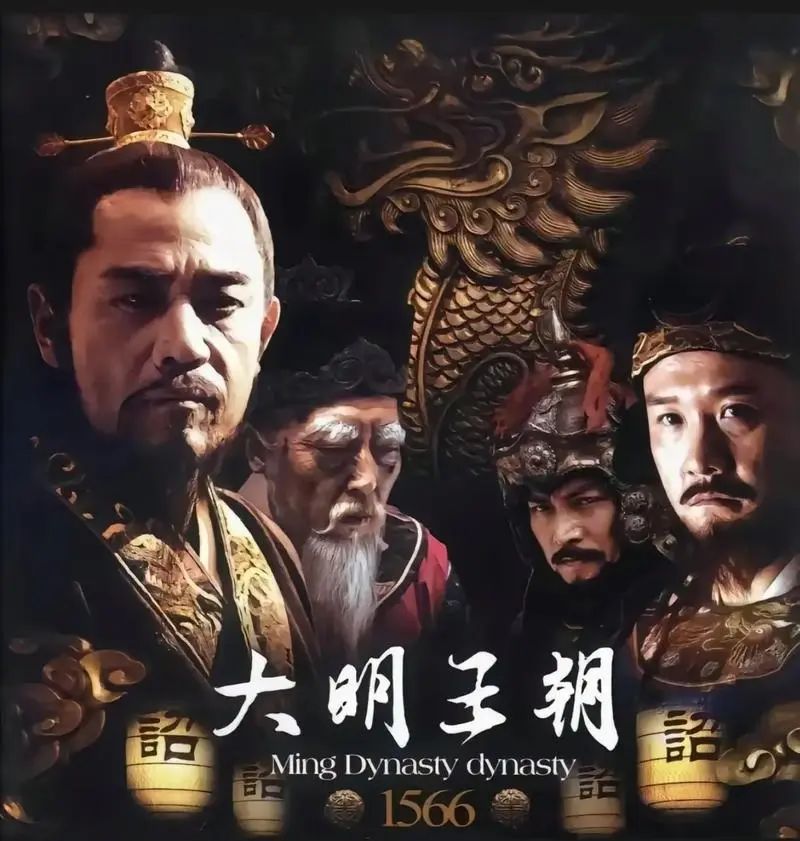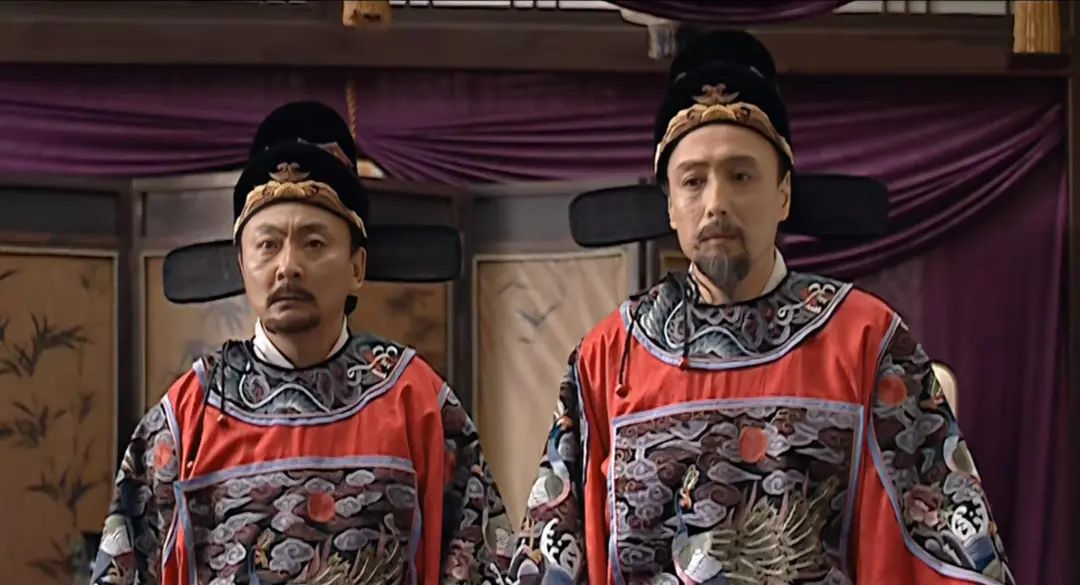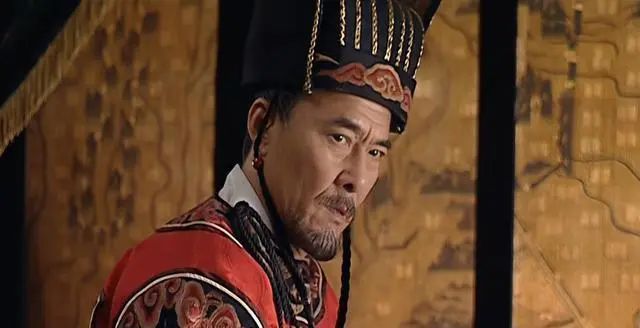html
The Turning Point of 1587: Fiscal Collapse and the Fate of Empires
“In history, the most pivotal moments often go unnoticed until years later. 1587 was one such year, a silent harbinger of the Ming Dynasty’s downfall.”
1. The Year 1587: A Global Perspective
In 1587, the world was on the brink of significant change. English explorer John White led 115 colonists to Roanoke Island off the coast of North Carolina, marking the beginning of Anglo-Saxon colonization in the Americas. This event, though seemingly isolated, was part of a larger global narrative.
Across the ocean, the same year was known as the 15th year of the Wanli Emperor’s reign in Ming Dynasty China. The Ming Dynasty, once a beacon of prosperity and cultural richness, was beginning to show signs of internal decay. The loss of key figures like Hai Rui, the empire’s sharpest “sword” of justice, and Qi Jiguang, its “shield” of military prowess, left a void that was hard to fill.

The Wanli Emperor, who had initially pursued ambitious reforms, began a 30-year period of passive resistance against the bureaucratic elite. Meanwhile, in the north, Nurhaci, leader of the Jianzhou Jurchens, was unifying the Three Guards of Jianzhou, laying the foundation for a force that would eventually topple the Ming Dynasty.
2. *1587, A Year of No Significance*: A New Lens for History
Huang Renyu, a Chinese-American historian, used 1587 as a lens to analyze the Ming Dynasty’s collapse in his seminal work, *1587, A Year of No Significance*. This book revolutionized historical scholarship by shifting focus from class struggle to fiscal systems and institutional failures.
Huang argued that empires collapse not merely due to political corruption or military defeat but because of systemic fiscal decay. For centuries, Chinese historians had relied on Marxist class analysis to explain dynastic cycles. Huang’s work, however, highlighted how land annexation by elites eroded the tax base, forcing the state to extract more from peasants, which fueled rebellions.

His thesis—*“Empires fall due to fiscal collapse, which stems from unchecked land annexation”*—became a cornerstone for understanding imperial decline. It provided a fresh perspective on how empires, once mighty, could crumble under the weight of their own economic mismanagement.
3. Fiscal Reforms: The Lifeline and Death Knell of Empires
By the mid-1990s, China’s tax-sharing reforms sparked renewed interest in historical fiscal policies. Top-tier creators turned to dramas like *Yongzheng Dynasty* and *The Ming Dynasty 1566* to explore themes of reform and resistance.
- Yongzheng Dynasty (1997): Centered on Emperor Yongzheng’s “摊丁入亩” (*Tanding Rumu*, merging land and poll taxes), the show depicted his battle against aristocratic land monopolies. To succeed, he had to dismantle the “Eight Lords Council,” a symbol of Manchu privilege.
- The Ming Dynasty 1566 (2007): The series opens with a royal fiscal meeting where the Jiajing Emperor proposes the “Replace Rice with Mulberry” policy to boost textile exports. However, corruption among officials like Yan Song turned reforms into tools for exploitation, leading to disasters like the intentional flooding of farmlands to manipulate land prices.
- Towards the Republic (2003): Spanning the late Qing to early Republic era, it traced how fiscal mismanagement under leaders like Li Hongzhang and Yuan Shikai accelerated collapse, despite attempts at modernization.

These narratives reveal a grim pattern: reformers often find their staunchest opponents among their own allies. As Huang Renyu noted, the Ming’s bureaucratic machinery prioritized stability over innovation, stifling any meaningful change.
4. The Vicious Cycle of Land Annexation and Fiscal Collapse
Land annexation was the Ming Dynasty’s Achilles’ heel. By the late 16th century, aristocrats and bureaucrats controlled vast estates, evading taxes while peasants bore the burden. The state’s revenue dwindled, forcing it to levy heavier taxes on the poor—a cycle that fueled rebellions like those led by Li Zicheng and Zhang Xianzhong.
Historical parallels abound. The Han Dynasty (206 BCE–220 CE) saw land concentration among warlords lead to the Yellow Turban Rebellion. Similarly, the Qing Dynasty (1644–1912) faced challenges with the “摊丁入亩” reform, which initially boosted revenue but failed to curb elite tax evasion, contributing to the Taiping Rebellion.

Even successful reforms faced backlash. Emperor Yongzheng’s tax reforms enriched the state but alienated the Manchu nobility, who later undermined his successors. Similarly, Jiajing’s “Replace Rice with Mulberry” policy was hijacked by corrupt officials, exacerbating peasant suffering.
5. Lessons from History: Why Reforms Fail
Three key factors doomed imperial reforms:
- Elite Resistance: Reforms targeting land or taxes threatened the aristocracy. For example, Yongzheng’s abolition of the Eight Lords Council stripped Manchu nobles of privileges, sparking covert opposition.
- Implementation Corruption: Policies designed to aid peasants often became tools for exploitation. The Ming’s “火耗归公” (*Huohao Guigong*, melting tax silver to standardize fees) was meant to reduce graft, but local officials inflated “meltage fees” to line their pockets.
- External Pressures: Fiscal weakness left empires vulnerable. The Ming’s empty treasury hampered defense against Jurchen invasions, while the Qing’s financial crisis allowed colonial powers to impose unequal treaties.
6. The Unseen Hand of Fiscal Decay
By 1587, the Ming Dynasty’s debt-to-revenue ratio had reached unsustainable levels. The state could no longer pay interest on its bonds, leading to the collapse of public services and security. Bandits, pirates, and rebels like Wang Zhi and Zheng Zhilong exploited this vacuum, hastening the empire’s fall.
Meanwhile, England’s colonization of America was bankrolled by efficient tax systems and joint-stock companies—a stark contrast to the Ming’s fiscal paralysis. While European powers built global empires, China’s inward-looking policies and fiscal decay left it unprepared for the “great upheaval” of the 17th century.
7. Conclusion: Echoes of the Past in Modern Governance
History’s lesson is clear: fiscal health determines national survival. The Ming and Qing fell not because of foreign invasions but due to internal rot—elite tax evasion, bureaucratic corruption, and peasant unrest. Modern states face similar challenges: widening wealth gaps, corporate tax avoidance, and unsustainable debt.
As Huang Renyu warned, without equitable fiscal systems, even the mightiest empires crumble. The Ming’s fate reminds us that reforms must prioritize systemic fairness over short-term gains—a lesson as urgent today as it was in 1587.
